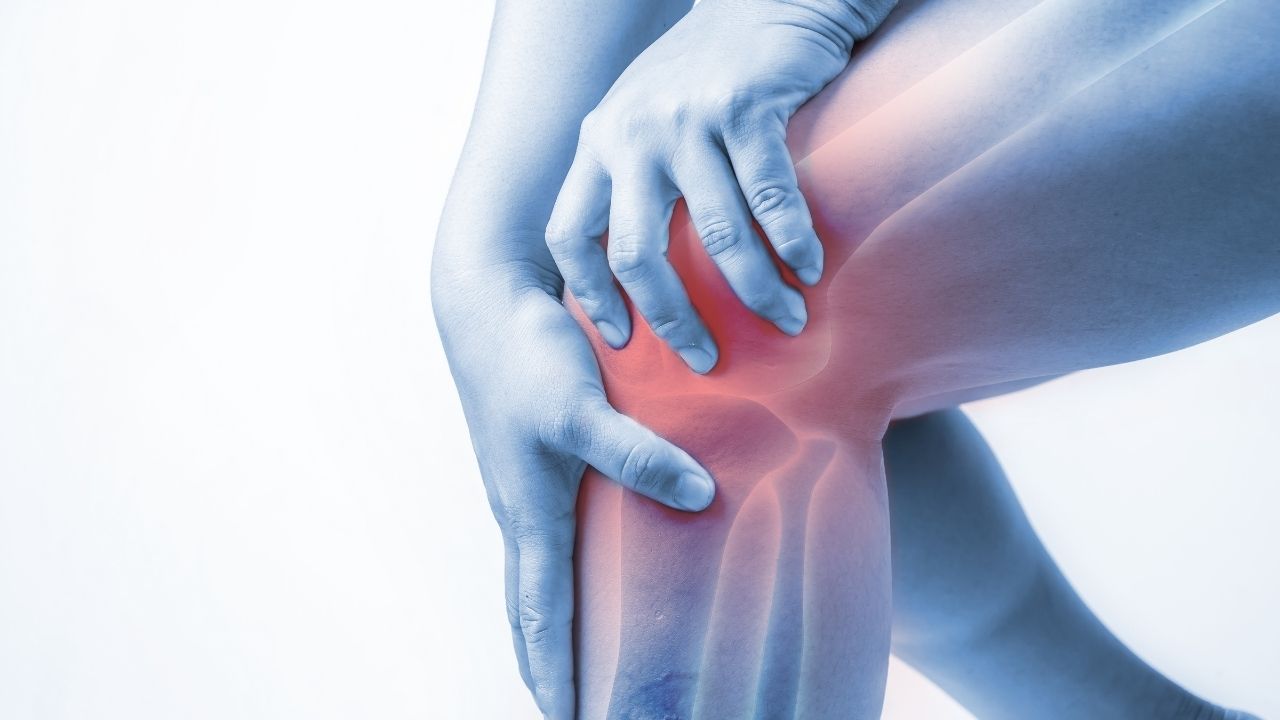Health
Possible treatments to relieve knee pain

Nowadays, knee pain has become the second most common complaint of people around the world after back pain. This is mostly common among older people and athletes. It can be chronic or caused by accidents. Studies show that the most commonly reported causes of knee pain are heavy exercises like running, adventurous sports like bungee jumping, osteoporosis and arthritis. Before diving into the possible treatments to cure knee pain, let’s see what are the major causes of knee pain.
Common Causes of Knee Pain
Knee pain brings extreme discomfort in the body resulting in weakness of other body parts. People with knee pain can have:
- Swelling around the knee
- Stiffness in the knee cap
- Discomfort while getting up from the floor or a coach
Getting to know the possible causes of knee pain can greatly help you in diagnosing knee pain. Once you are able to know the causes, you can easily start the possible treatments or natural remedies to cure your pain. Some of the highly recommended treatments for knee pain includes:
-
Light exercises
In order to remain healthy, people tend to exercise a lot and by doing heavy exercises they end up hurting their knees. Your body needs rest after exercise so that the muscles can relax a bit. Light exercises like stretching before heavy exercise can warm up your body muscles. Try to limit your mileage according to the stamina your body can bear.
- Physiotherapy
If the knee pain is intense to such an extent that you feel recurring discomfort then it’s better to work with a physiotherapist who can help you to condition the movement of your knee. Experts at the National Health service recommend physiotherapy as a type of treatment that can do wonders for your knee pain. This therapy can strengthen your lower body and help in improving your posture.
- Healthy food supplements
Eating healthy food supplements like multivitamins can help in reducing the inflammation around the knee cap. It is highly recommended that you order your supplements from a good pharmacy like Canadian mail order pharmacy which sells authentic food supplements with no side effects. Good food supplements provide as much the same nutrition that natural foods contain so it is better to start taking supplementary products in your early twenties.
- Proper footwear
Improper footwear can also be a possible cause of escalated knee pain. People having discomfort in knees need to avoid wearing flats, crocs, flip flops and high heels. These types of shoes can worsen the pain to a larger extent. You need to know your specific shoe type by consulting with a podiatrist who treats foot-related problems.
- Foam rolling technique
Latest advancement in treatments includes foam rolling as one of the best techniques to treat kinks in knee joints. The IT bands and quadriceps are mostly the origins of knee pain so treating these two can result in less pain. Emphasising on these two body parts using the foam rolling technique can easily relieve the knee pain.
- Maintaining a healthy diet
Calcium deficiency in the body is also a possible cause of osteoporosis and arthritis. Drinking lots of milk can overcome the calcium deficiency. Eating healthy and nutritious foods like green vegetables, juicy fruits, and intake of natural multi- vitamins can help strengthen your body.
Health
Addressing Common Myths About Vitamins and Supplements by Amanda Tirado

The wellness industry is filled with advice about vitamins and supplements, but not all of it is accurate. Many people rely on supplements for better health, but misunderstandings about how they work can lead to wasted money or even potential harm. Amanda Lorena Tirado, founder of Xmy, is passionate about educating people on making smarter supplement choices. Her company focuses on high-quality, effective products while also giving back to the community through charitable initiatives. Let’s break down some of the most common myths about vitamins and supplements so you can make informed decisions.
One of the biggest myths is that all supplements work the same way, regardless of how they are taken. Many don’t realize that traditional pills and capsules have to pass through the digestive system, where stomach acid and enzymes break them down. This can significantly reduce the amount of nutrients your body actually absorbs.
In contrast, oral strips and liquid supplements enter the bloodstream more quickly, making them more effective. For example, vitamin B12 is often poorly absorbed in pill form but is much more bioavailable in liquid or sublingual forms. Choosing the right delivery method is just as important as picking the right supplement.
Another misconception is that supplements can replace a healthy diet. Many people assume taking a daily multivitamin covers all their nutritional needs, but that’s not how the body works. Supplements are designed to support a good diet, not replace it. Whole foods provide more than just vitamins, they contain fiber, antioxidants, and other compounds that work together to benefit your health.
For example, an orange does not just offer vitamin C. It also provides fiber, flavonoids, and other nutrients that enhance absorption and support overall health. Research has shown that people who get their nutrients from food rather than supplements tend to have better long-term health outcomes. So while supplements can help fill gaps in your diet, they should not be your primary source of nutrients.
Many people also assume that if a supplement is labeled as “natural,” it must be better and safer. But that’s not necessarily true. The term “natural” is often used as a marketing tool rather than an indicator of quality or safety.
Some natural ingredients can be harmful, especially in high doses or when mixed with certain medications. On the flip side, some synthetic nutrients are actually more stable and easier for the body to absorb. The key is to choose well-researched, high-quality supplements from reputable brands rather than relying on misleading labels.
Another dangerous myth is that taking more vitamins means better health. Some believe that if a little is good, a lot must be even better, but that’s not always the case.
Certain vitamins, especially fat-soluble ones like A, D, E, and K, can build up in the body and become toxic if taken in excessive amounts. Too much vitamin A, for example, can lead to liver damage, while excessive vitamin D can cause kidney problems. Even water-soluble vitamins like B-complex and C can cause side effects in very high doses, such as nerve issues or stomach discomfort. Moderation is key when it comes to supplementation.
At Xmy, the focus is not just on convenience, it’s about real impact. The company is committed to producing supplements that prioritize effectiveness and bioavailability. But their mission goes beyond selling products.
Misinformation about supplements is everywhere, but being informed is the best way to make smarter health choices. The way a supplement is absorbed matters as much as what’s in it. A balanced diet is still the foundation of good health, and more vitamins don’t always mean better results.
Xmy is changing the way people think about supplements. Amanda and her team believe that good health is not just about what you take, it’s about making informed choices and supporting brands that genuinely care. Choosing the right supplements means choosing a brand that stands for something bigger. With Xmy, you are not just improving your health, you are supporting a company that is making a real difference.
-

 Tech5 years ago
Tech5 years agoEffuel Reviews (2021) – Effuel ECO OBD2 Saves Fuel, and Reduce Gas Cost? Effuel Customer Reviews
-

 Tech6 years ago
Tech6 years agoBosch Power Tools India Launches ‘Cordless Matlab Bosch’ Campaign to Demonstrate the Power of Cordless
-

 Lifestyle6 years ago
Lifestyle6 years agoCatholic Cases App brings Church’s Moral Teachings to Androids and iPhones
-

 Lifestyle5 years ago
Lifestyle5 years agoEast Side Hype x Billionaire Boys Club. Hottest New Streetwear Releases in Utah.
-

 Tech7 years ago
Tech7 years agoCloud Buyers & Investors to Profit in the Future
-

 Lifestyle5 years ago
Lifestyle5 years agoThe Midas of Cosmetic Dermatology: Dr. Simon Ourian
-

 Health7 years ago
Health7 years agoCBDistillery Review: Is it a scam?
-

 Entertainment6 years ago
Entertainment6 years agoAvengers Endgame now Available on 123Movies for Download & Streaming for Free
